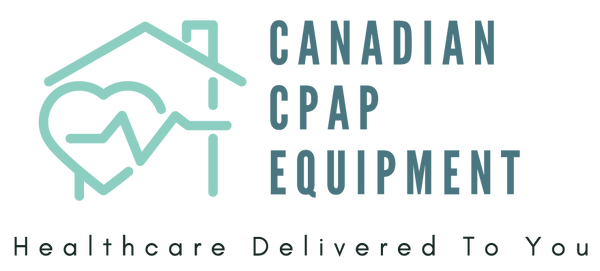For individuals with untreated sleep apnea, the risks extend far beyond personal health; they can also pose a significant danger on the road. Excessive daytime sleepiness (EDS), a hallmark symptom of sleep apnea, can severely impair driving performance, making drowsy driving as dangerous as, if not more dangerous than, drunk driving. Understanding these risks and the associated regulations is crucial for both personal safety and public health.
The Dangers of Drowsy Driving
When you have untreated sleep apnea, your sleep is constantly fragmented by repeated breathing interruptions. This prevents you from getting the deep, restorative sleep your body and brain need. The result is chronic fatigue and an overwhelming urge to sleep during waking hours, especially during monotonous activities like driving. If you suspect drowsiness or fatigue from poor sleep, consider taking a home sleep apnea test to identify whether a sleep disorder may be affecting your alertness and driving safety.
-
Impaired Reaction Time: Drowsiness slows your reaction time, making it harder to respond quickly to unexpected hazards on the road.
-
Reduced Alertness and Attention: Your ability to focus on the road, traffic, and surroundings diminishes significantly.
-
Microsleeps: These are brief, involuntary episodes of sleep lasting a few seconds, during which you lose awareness of your surroundings. Even a few seconds of microsleep at highway speeds can lead to catastrophic accidents.
-
Poor Decision-Making: Fatigue impairs judgment and decision-making skills, increasing the likelihood of errors.
Studies have consistently shown that individuals with untreated sleep apnea have a significantly higher risk of motor vehicle accidents compared to the general population. Some research suggests the risk can be as high as two to seven times greater.
Regulations and Responsibilities in Canada
In Canada, driving regulations related to medical conditions, including sleep apnea, fall under provincial and territorial jurisdiction. However, there are general principles and expectations that apply across the country:
-
Driver Responsibility: Drivers have a legal and ethical responsibility to report any medical condition that could affect their ability to drive safely to their provincial licensing authority. This includes diagnosed sleep apnea.
-
Physician Responsibility: Physicians also have a professional and, in some provinces, a legal obligation to report patients who have medical conditions that could impair their driving ability. This is to protect public safety.
-
Licensing Authority Review: Once a medical condition like sleep apnea is reported, the provincial licensing authority (e.g., Ministry of Transportation in Ontario, ICBC in British Columbia) will review the case. They may require additional medical information, including sleep study results and confirmation of adherence to treatment.
-
Conditions for Licensing: Depending on the severity of the sleep apnea and the effectiveness of treatment, the licensing authority may:
Require Treatment: Mandate that the individual adhere to prescribed sleep apnea treatment (e.g., CPAP therapy) as a condition for maintaining their license.
Regular Follow-Ups: Require regular medical follow-ups to ensure treatment effectiveness and symptom control.
Temporary Suspension: Suspend the license until the condition is adequately managed and symptoms are controlled.
License Restrictions: Impose restrictions, such as no commercial driving.
- Commercial Drivers: Commercial drivers (e.g., truck drivers, bus drivers) are often subject to stricter medical standards and more frequent assessments due to the higher safety risks associated with their profession. Untreated sleep apnea can lead to immediate license suspension for commercial drivers.
The Solution: Diagnosis and Consistent Treatment
The good news is that effective treatment for sleep apnea, particularly CPAP therapy, can dramatically reduce daytime sleepiness and restore alertness, thereby significantly lowering the risk of drowsy driving. Consistent adherence to your prescribed treatment is key not only for your health but also for your safety and the safety of others on the road.
If you have been diagnosed with sleep apnea, or if you suspect you might have it and experience excessive daytime sleepiness, it is imperative to:
-
Seek Diagnosis and Treatment: Get tested and start appropriate treatment without delay.
-
Adhere to Treatment: Use your CPAP machine or other prescribed therapy consistently as directed by your healthcare provider.
-
Report Your Condition: Fulfill your legal obligation to report your medical condition to your provincial licensing authority.
- Avoid Driving When Drowsy: Even with treatment, if you feel drowsy, pull over and rest. Do not risk driving.
Prioritizing your sleep apnea treatment is not just about improving your health; it's about being a responsible and safe driver. By taking action, you protect yourself, your passengers, and everyone else on the road.
Next Steps: Do you have burning questions about sleep apnea that haven't been answered yet? In our next post, we'll host an

